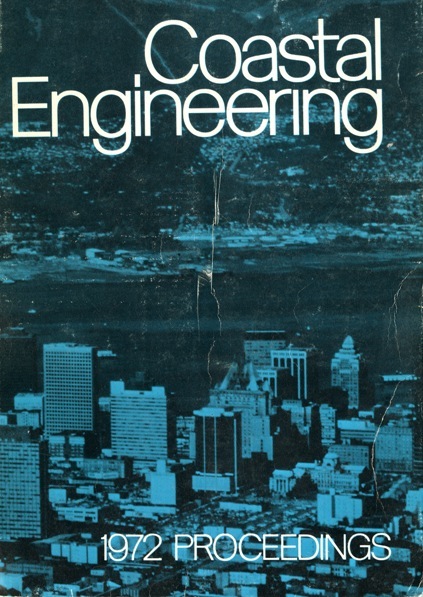Abstract
Several mathematical models have been lately presented which describe the tidal wave propagation within an estuary. The existing models derived from the method for damped co-oscillating tides are based on sinusoidal wave profile. Meanwhile a tidal wave which moves upstream, generally exhibits a progressive deformation which tends to unbalance the length of time between flood and ebb tides. The actual profile is therefore no longer sinusoidal. Our investigation uses the potential method, and takes into account the wave amplitude which is usually neglected compared with the water depth. Finally, the velocity potential is obtained explicitely, using a double iterative method. Tidal elevation, particle velocities and trajectories are given by the same computer programmed algorithm. Our study shows that l) the phenomenon can be clearly visualized on the theoretical curves and 2) the magnitude of this deformation is inversely proportional to the water depth, becoming significant when the ratio f|/h reaches the critical value of 1/10. Damping and geometrical effects are also considered and the theory was applied to the St.Lawrence Estuary. A partial positive reflection of the incoming tidal wave is assumed at the narrow section near Quebec, whereas a complete negative reflection is assumed at the entrance to Lake St.Peter. The calculated and observed wave profiles, velocity distributions, and phase shifts are in good agreement.
Authors retain copyright and grant the Proceedings right of first publication with the work simultaneously licensed under a Creative Commons Attribution License that allows others to share the work with an acknowledgement of the work's authorship and initial publication in this Proceedings.

